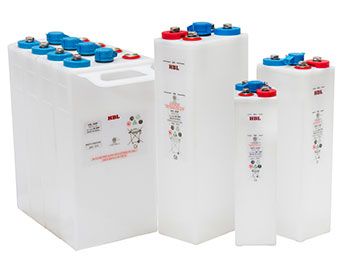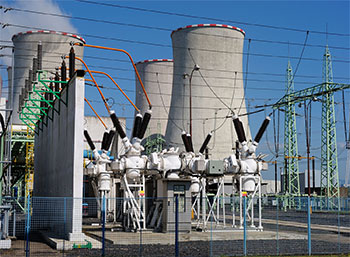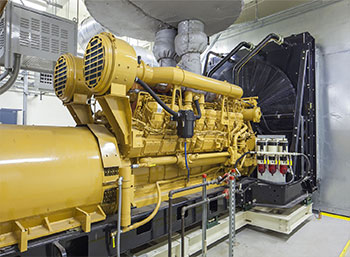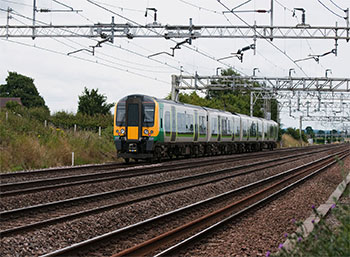
Nickel Cadmium Vented Type Batteries
HBL offers the widest range of nickel cadmium pocket plate batteries available from any manufacturer. We offer high, medium and low rate battery types allowing you to select the most cost effective battery based on your load requirements.
The field proven pocket plate electrode for nickel cadmium batteries is still considered to be one of the most reliable, robust designs of any battery. They survive in high temperature environments where lead batteries regularly fail – and perform in low temperatures when lead batteries need dramatic oversizing and risk freezing.
Nickel cadmium batteries are deployed where the customer demands the highest reliability and long lived batteries. Often the battery of choice for utilities, railroads and oil and gas installations – the pocket plate battery has a proven track record from the Arctic to the deserts of the Middle East.
HBL’s NCPP batteries are available as 1.2 V single cells & multi-voltage blocks.
NCPP ranges comply with IS 10918 & IEC 60623 and certified by Intertek – USA.
- UPS
- Engine Starting
- Railroad – on car and trackside
- Cathodic protection
- Fire alarm systems
- Signaling and Telecommunications
- Solar - Photovoltaic
- Instrumentation & Process Control
- Switchgear protection
- Emergency lighting
- Switchgear
- Genset starting
- Diesel Locomotive Cranking
- Electro Magnets
KPL
- No of models: 41
- 11Ah to 480Ah
KPM
- No of models: 42
- 10Ah to 395Ah
KPH
- No of models: 33
- 10Ah to 265Ah
KBL
- No of models: 73
- 8Ah to 1680Ah
KBM
- No of models: 72
- 12Ah to 1460Ah
KBH
- No of models: 77
- 9Ah to 990Ah
- Highest reliability
- Long float life. 20 years+ at 20 C for standby applications
- Long shelf life. 5 years+ for the cells supplied in dry condition & 1 year in filled condition
- Quick charging.
- Resistance to mechanical & electrical abuses making it ideal for deployment in harsh environments
- Wide operating temperature range (-40 C to +60 C)
- Easy installation & low maintenance
- Best TCO (Total Cost of Ownership) for demanding applications
- No risk of Sudden Death failure






